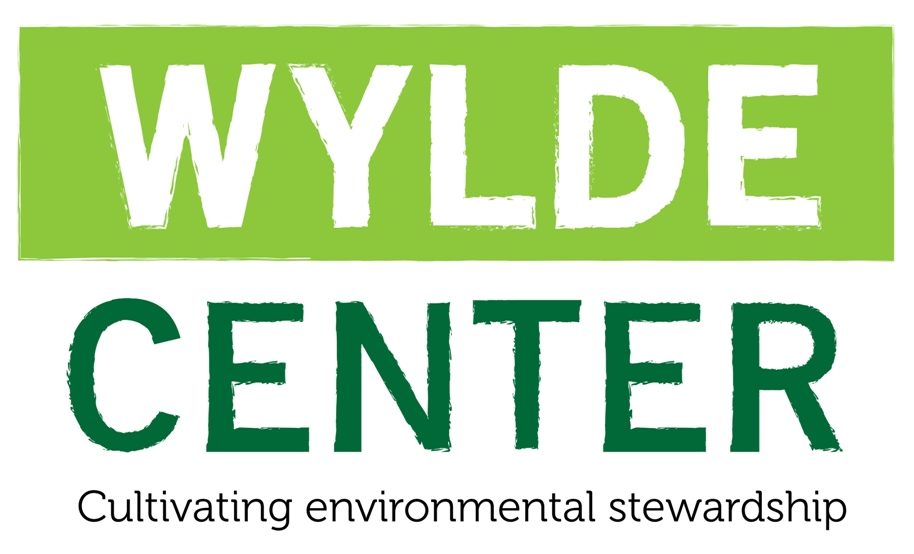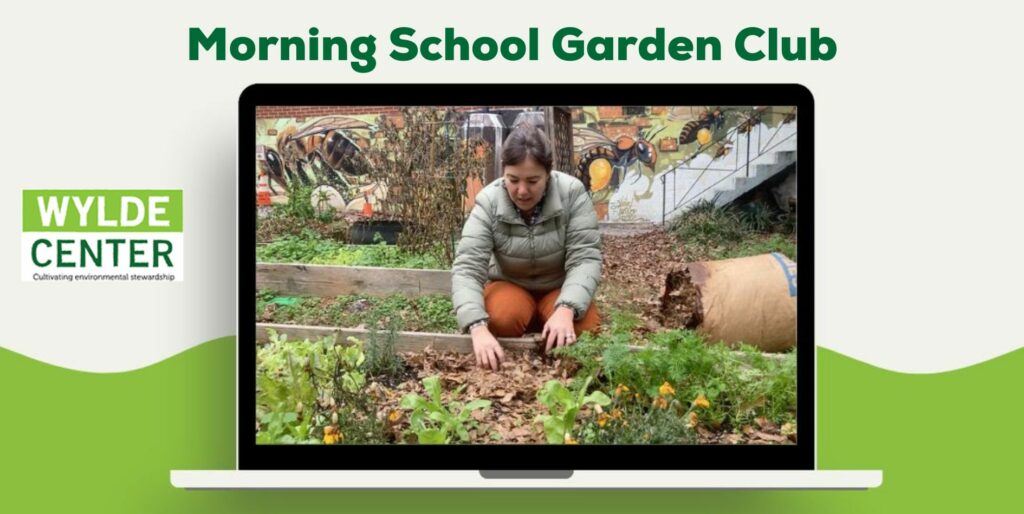By Lily McNulty, Wylde Center Education Team Intern & Graduate Research Assistant at Rollins School of Public Health
January’s Morning School Garden Club webinar was all about dirt! Dory Cooper, Wylde Center’s School Program Coordinator, discussed all the necessary components to having healthy soil for your gardens.
What are some of the benefits of healthy soil?
- Can improve plant health and the overall quality of produce
- Improves water retention
- Creates a habitat for beneficial insects and worms
- Reduces the need for chemical additives
What type of soil do I have?
- Understanding the type of soil you have in your garden can help you understand how to care for it.
- The four main types are sand, silt, clay, and loam.
How do I improve my garden soil?
- Add organic matter, such as compost or mulch
- Utilize cover crops such as legumes or leafy greens
- Legumes add nitrogen
- Cover crops can prevent soil erosion
How do I know if my garden is healthy?
Signs of a healthy garden:
- Dark colored soil
- Worms, fungi, and other signs of life
- Dirt is easy to dig in and move around
- Soil test shows healthy pH and nutrient levels
Soil testing:
- Use a soil-testing kit (image below) that measures these components:
- pH – nutrient absorption
- Nitrogen – leaf growth
- Phosphorus – fruit growth
- Potassium (Potash) – strong roots
How often should I amend my soil?
- A soil-testing kit can tell you when you should amend your soil, but it’s usually done 2-3 times per year, typically before planting for each season.
A recommended resource for learning more about maintaining healthy soil is the book No-Dig Gardening by Charlie Nardozzi.

